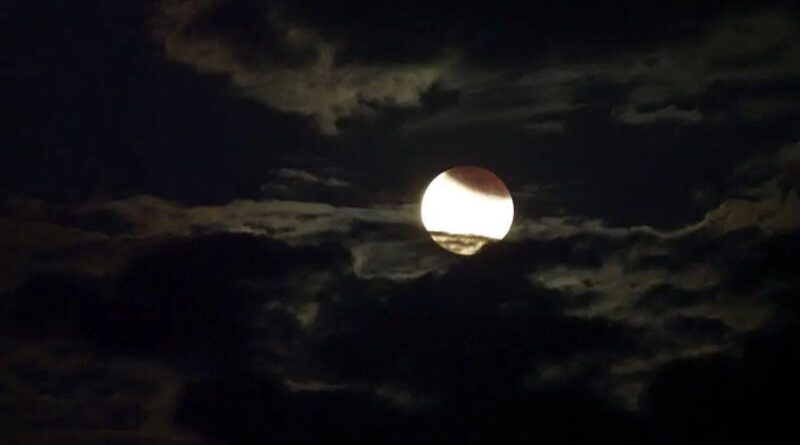Don’t Miss Tuesday’s Unique Harvest Supermoon Eclipse—Here’s How to Watch
The full Moon will be slightly less full on Tuesday night, thanks to the Earth’s shadow, as our planet will pass between our satellite and the Sun, leading to a partial lunar eclipse.
It’s the second lunar eclipse of 2024, though the previous one was harder to see. In March, people in the Americas were able to view a penumbral lunar eclipse, in which the Moon travels through the faint outer edge of the Earth’s shadow. Tuesday’s eclipse, though still only a partial one, will be much easier to see.
The eclipse will start at 8:41 p.m. ET, according to NASA, though it won’t really be visible until 10:13 p.m., when the top edge of the Moon begins entering the Earth’s shadow. The peak of the eclipse will begin at 10:44 p.m., but only the top 8% of the Moon will be fully shadowed. That will last until 11:16 p.m., and the eclipse will be completely done at 12:47 a.m.
Though only partial, viewers should get a decent view of the eclipse, as it will take place during a supermoon. That’s when the Moon’s orbit approaches its perigee—the point where it’s closest to Earth—making it appear larger and brighter than normal. It’s also the full Moon closest to the autumnal equinox, an event popularly known as the Harvest Moon. The eclipse will be visible from the Americas, Europe, and Africa.
A lunar eclipse occurs when the Sun, Earth, and Moon align so that Earth is directly between our star and our satellite. This alignment causes Earth to cast its shadow upon the Moon.
That’s different from what happens during the phases of the Moon, in which the Moon goes from full to a small sliver and back again. While it might seem that the varying visibility is due to shadows cast upon the Moon, it’s actually because, as the Moon orbits Earth, the portion of its sunlit side visible to us changes.
Lunar eclipses aren’t exactly rare, usually occurring anywhere between one to three times per year. Unlike solar eclipses, they are also totally safe to look at without protective eyewear, because they don’t require looking directly at the Sun. Instead, observers are staring at sunlight that’s reflected off the Moon’s surface, which is therefore far less bright. Though visible to the naked eye, the National Weather Service recommends using a pair of binoculars or a telescope to get the best view.
If you’re an eclipse snob who won’t get off the couch for anything less than the total package, you won’t have long to wait. A total lunar eclipse will take place on March 14, 2025, and will be visible in the Americas, the Pacific, western Europe, and western Africa. The most recent total lunar eclipse was in November, 2022.

